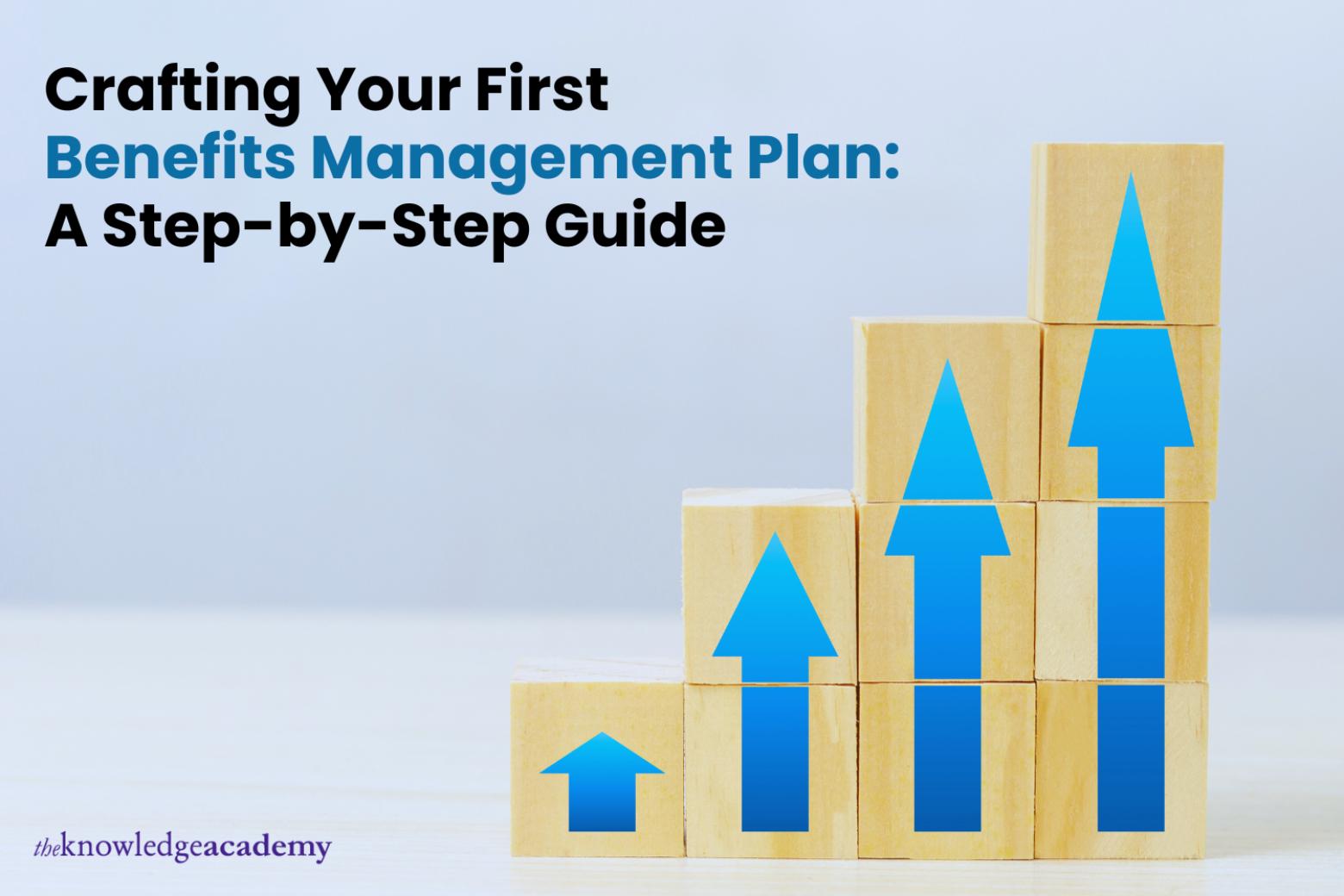Have you ever worked on a project that promised great results but failed to deliver real value? The key to ensuring long-term success is having a clear Benefits Management Plan in place. Without it, even the best projects can lose direction. If you want to improve your project outcomes, taking Managing Benefits Courses can help you build the right skills. But first, let us explore how to create a strong Benefits Management Plan step by step.
Steps to Create a Strong Benefits Management Plan
Follow these structured steps to build a Benefits Management Plan that delivers real impact:
Step 1: Identify the Expected Benefits
Start by answering a simple question, what are we trying to achieve? Every project exists to deliver benefits, whether cost savings or improved customer satisfaction. Speak to stakeholders and gather data to list all possible benefits. Make sure to prioritise them based on their significance and feasibility.
Tip: Consider short and long-term benefits to ensure a balanced approach.
Step 2: Define Key Performance Indicators (KPIs)
You need to figure out how to measure them after you find the benefits. Key Performance Indicators will help monitor growth and show success. Choose clear and quantifiable metrics. Ensure each KPI is Specific, Measurable, Achievable, Relevant, and Time-bound (SMART).
Tip: Check Key Performance Indicators often to make sure they still match the business goals.
Step 3: Assign Ownership for Each Benefit
Every benefit needs an owner. This is someone responsible for ensuring that a specific benefit is realised. Without clear accountability, tracking and delivering results becomes difficult. Designate explicit roles and responsibilities for those engaged in benefit delivery.
Tip: Choose someone who understands the impact of benefits and has the authority to make necessary adjustments.
Step 4: Develop an Action Plan
Create a roadmap detailing how and when each benefit will be delivered. Break it down into actionable steps. Consider risks and challenges that may slow down progress and plan mitigation strategies.
Checklist for Your Action Plan:
- Timeline for tracking each benefit
- Resources needed
- Potential obstacles and solutions
- Communication strategy for stakeholders
- Contingency plans for possible setbacks
Tip: Ensure your action plan is flexible to adapt to unexpected changes.
Step 5: Integrate Benefits into Business Processes
For a Benefits Management Plan to be effective, it should be embedded into daily business processes. Ensure that teams understand how their work contributes to realising the benefits.
Best Practices:
- Provide training and awareness sessions for employees
- Align benefits with strategic goals to gain leadership buy-in
- Establish collaboration across departments to drive implementation
Step 6: Monitor Progress and Make Adjustments
A Benefits Management Plan is not a single use document. It requires continuous monitoring and refinement. Set up regular review meetings to assess whether expected benefits are being achieved. Use feedback loops to refine the plan.
Key Questions to Ask:
- Are we on track to meet our goals?
- Are any unexpected challenges impacting delivery?
- Do we need to adjust our KPIs or timelines?
- Are teams facing any difficulties in implementation?
Tip: Use dashboards and reporting tools to track benefit realization efficiently.
Step 7: Report on Benefits Realization
Stakeholders want to see results. Create reports that highlight the impact of your project. Use visual elements like graphs and tables to make your data clear and compelling. Provide clear insights into how the project has delivered the expected value.
Best Practices for Reporting:
- Keep it simple and focus on key insights
- Use real numbers and comparisons (before vs after)
- Tailor reports to your audience (executives may prefer summaries, while teams may need detailed breakdowns)
- Showcase qualitative feedback from end-users to support data-driven insights
Step 8: Sustain the Benefits Over Time
A successful project doesn’t just deliver benefits—it sustains them. Develop a plan to ensure long-term value. Embed continuous improvement mechanisms to track and enhance benefits over time.
Ways to Sustain Benefits:
- Regularly review business performance indicators
- Update strategies to keep up with market changes
- Foster a culture of continuous improvement within the organization
Tip: Assign long-term accountability to ensure benefits are maintained beyond the initial project phase.
Conclusion
Building your first Benefits Management Plan may feel overwhelming, but by following these steps, you can create a roadmap that delivers real impact. If you want to deepen your expertise, The Knowledge Academy offers free resources to help you master benefits realization and drive measurable organizational success.
